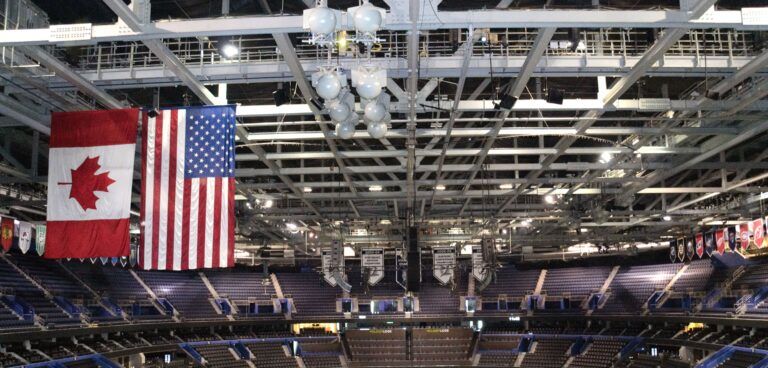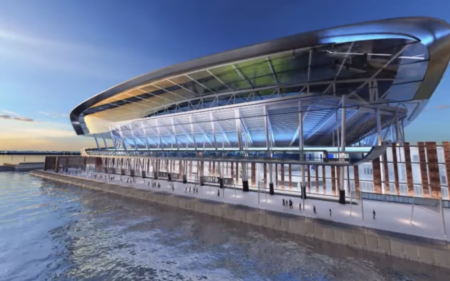Visitors to Amalie Arena, the home of the NHL’s Tampa Bay Lightning, will be able to take advantage of a greater mobile network experience after new antenna technology has been installed to increase coverage, capacity and speed.
The new high-capacity RF lens antennas have been provided by MatSing to enhance fan experience by supporting the increasing demand to share personal and gameday moments on social platforms via mobile devices. MatSing spherical lens antennas have been strategically placed throughout Amalie Arena to easily manage the cell traffic even during the heaviest usage.
Following a test event during the Lightning’s opening night back in October 3, 2019, where over 19,000 fans were in attendance, results have been released that show the new technology offers greater throughput (Mbps), signal strength and quality.
The tests, performed by MobileNet Services, were setup at eight locations around the arena before, during and after the game using AT&T and Verizon phones. The results produced average values above 30Mbps and 10Mbps for DL and UL, with peak values reaching over 155Mbps and 35Mbps for DL and UL.
“Our spherical lens antennas implement a unique technology that allows a single antenna to provide up to 48 high capacity coverage sectors, replacing 48 traditional antennas with a single lens,” said Michael Matytsine, executive vice president of operations at MatSing. “Unlike other current solutions, like under-seat antennas, the MatSing ball antennas typically have a clear line-of-sight path to potential users, offering faster and better connections, while significantly reducing the number of antenna locations.”
MatSing’s patented lens technology focuses on using RF lenses, also called ‘Luneberg Lenses,’ to outperform traditional phased-array (panel) and dish antennas. The Matsing ‘Ball’ antennas are able to provide multiple independent, high-performance beams from a single antenna, and their ability to cover multiple frequency bands through a single antenna.
With the ability to tightly focus its radio frequency beams, a MatSing antenna can target a very precise area, as opposed to regular antennas which offer much less accurate ways of concentrating and focusing the signals. Ultimately, this reduces interference for cellular users and provides faster throughput while utilizing fewer antennas.
“Redesigning the Neutral Host Distributed Antenna System at Amalie Arena and working closely with the Technology & Innovation team, as well as a tier 1 carrier, has proven to be an exceptional experience and we are very pleased with the outcome,” added Matytsine. “And because our technology is well poised for increasing data capacity and the imminent roll out of 5G, Amalie Arena is already far ahead of the game.”





